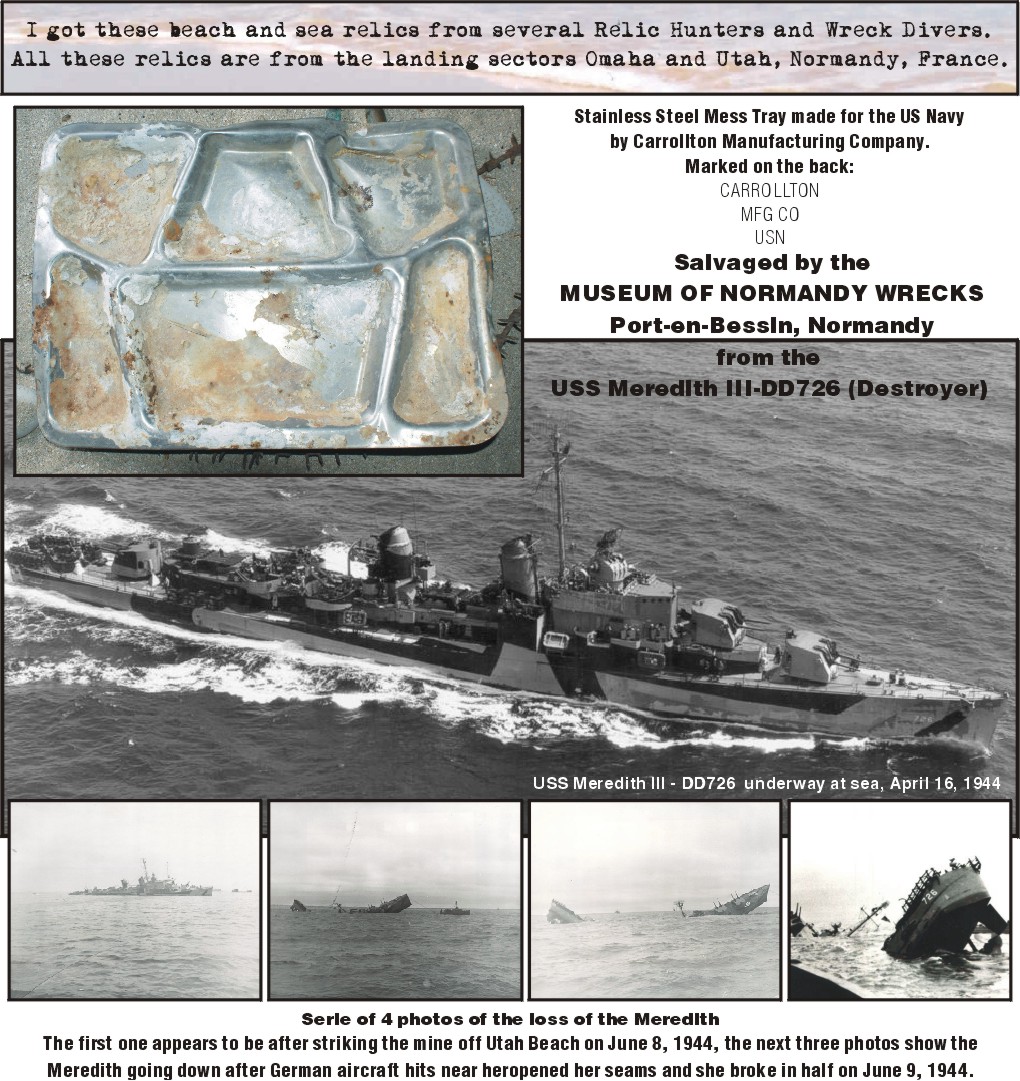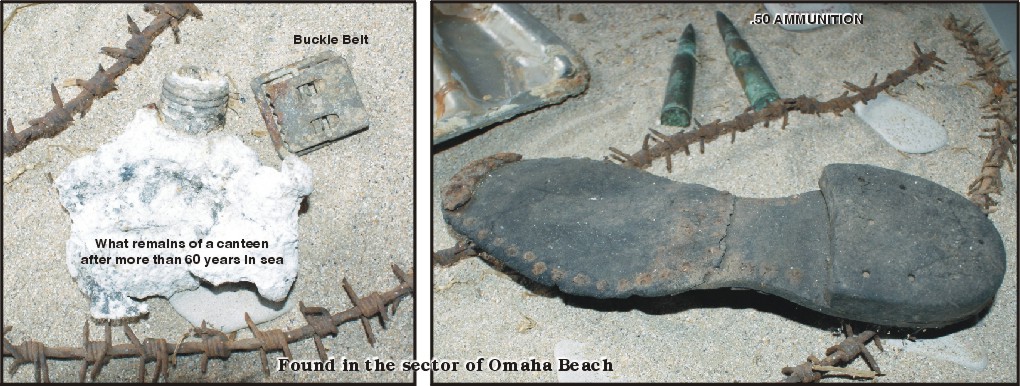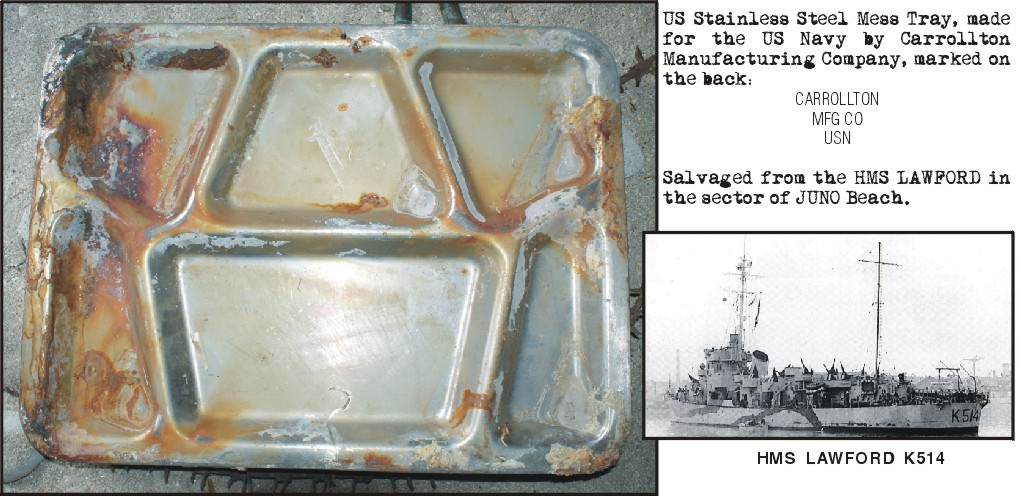USS Meredith III (DD-726), the third Meredith was laid down 26 July 1943 by Bath Iron Works Corp., Bath, Maine; launched 21 December 1943; sponsored by Mrs. William Kepper; and commissioned 14 March 1944, Comdr. George Kauspfer In command.
After shakedown off Bermuda, Meredith departed Boston 8 May 1944 as an escort in a convoy, arriving Plymouth, England, on the 27th. Between 5 and 6 June, she served as escort to transports assembling for the Normandy Invasion. On 6 June, Meredith gave gunfire support to the landing forces on Utah Beach; and early in the morning of the following day, while patrolling the offshore waters as a screening vessel, she struck an enemy mine. Severely damaged, with a loss of seven killed and over 50 wounded and missing, Meredith was towed to an anchorage in the Bay of the Seine to be salvaged. However, on the morning of 9 June, her seams were further opened by an enemy bombing raid and shortly after she broke in two without warning and sank.
On 5 August 1960, the sunken hulk was sold to St. Francaise de Recherches of France. The hulk of the gallant Meredith was raised and scrapped in September 1960. Meredith received one battle star for World War II service.





